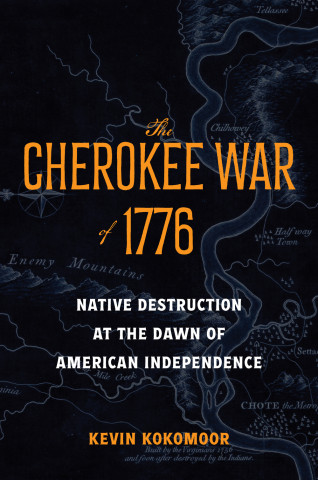
Reviews
Carlisle and Zenzen trace the history, the pork-barrel tussles between businesses and political constituencies, and the massive technological and financial investment. They also point out that the now aging reactors are becoming ever more liable to failure and accident, and that though all the plants are closed now, the nuclear fuel is decaying toward its half-life and will need to be replenished if the U.S. is to remain the toughest kid on the block.
Book Details
List of Illustrations
List of Tables and Figures
Preface
List of Abbreviations and Acronyms
Introduction
1. Inventing Atomic Piles
2. Building Reactors at Hanford
3. Contracting Atoms
4. Flexible Design
List of Illustrations
List of Tables and Figures
Preface
List of Abbreviations and Acronyms
Introduction
1. Inventing Atomic Piles
2. Building Reactors at Hanford
3. Contracting Atoms
4. Flexible Design at Savannah River
5. The Arms Race Arsenal
6. Designing a Reactor for Peace and War
7. Surviving Detente
8. Lobbying for Nuclear Pork
9. Managing Nuclear Options
Conclusion: Supplying the Cold War Arsenal
Appendix: Production Reactor Families
Notes
Bibliographic Essay
Index





